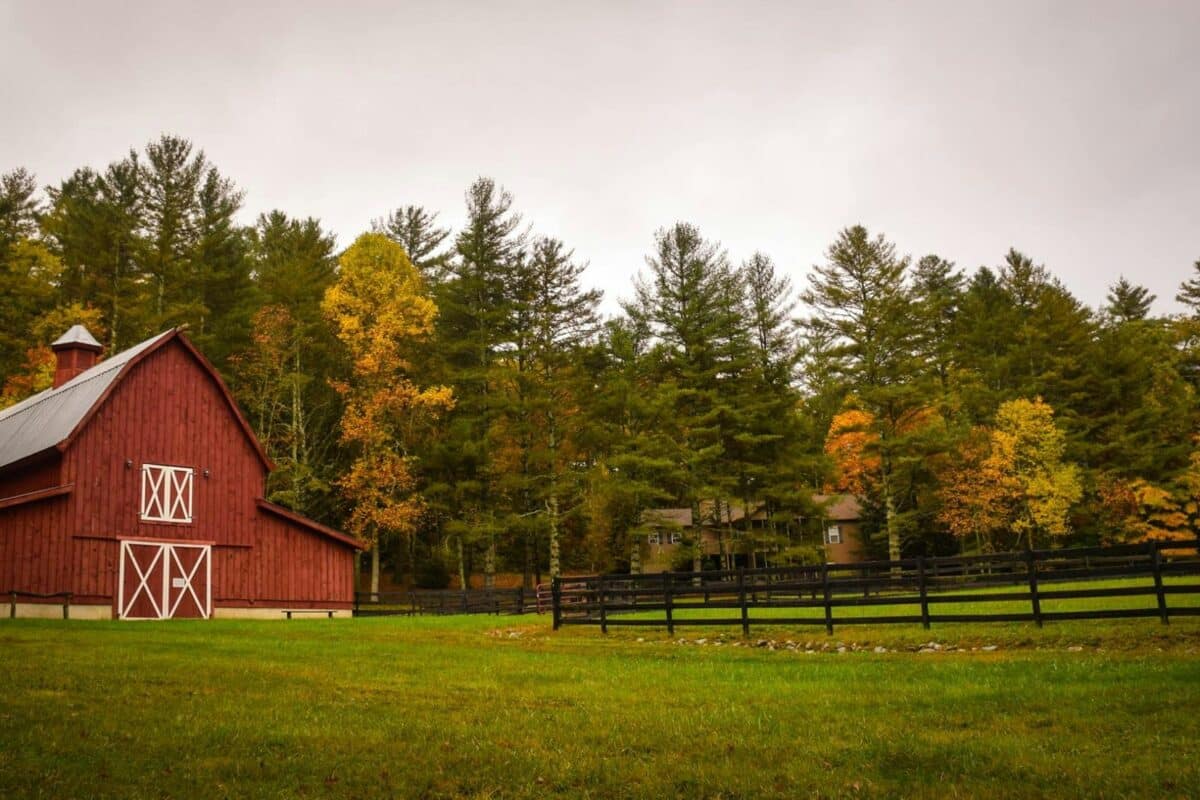 The air is thin at the End of the Habitable World. The view, ethereal. In Kullu Valley, it’s easy to imagine James Hilton’s Conway descending from nearby Rohtang Pass, the line that marks the End of the Habitable World, and discovering Shangri-La among the grassy slopes that extend down from the towering snow-covered Himalayan peaks. While an eternal winter storms on those peaks, lush pine and deodar forests, apple orchards, and grassy knolls that welcome spring billow out across the Kullu Valley far below.
The air is thin at the End of the Habitable World. The view, ethereal. In Kullu Valley, it’s easy to imagine James Hilton’s Conway descending from nearby Rohtang Pass, the line that marks the End of the Habitable World, and discovering Shangri-La among the grassy slopes that extend down from the towering snow-covered Himalayan peaks. While an eternal winter storms on those peaks, lush pine and deodar forests, apple orchards, and grassy knolls that welcome spring billow out across the Kullu Valley far below.
Russian artist Nicholas Roerich chose the End of the Habitable World as his home. He had, quite literally, traveled the entire world back in the 1930s, in the years just before World War II, as one of the first westerners to explore the Himalayas and Central Asia. After leaving Russia during the revolution, Roerich and his family snuck into Finland, and traveled throughout Western Europe. They headed further west, first to England, and then the U.S., with trips to Central and South America. They traveled by ship, train, horse, camel, car. After they’d seen enough—including Tibet, China, Mongolia, India, Kazakhstan—they finally settled at the End of the Habitable World.
Roerich is famous for his mystical paintings of the Himalayas, famous being a relative term. Museums dedicated to his work are housed in Manhattan, Moscow, and St. Petersburg. Yet Roerich, who was nominated for the Nobel Peace Prize, and discovered ancient Buddhist texts, and studied with lamas in Ladakh, and helped bring Agni yoga to the world, and was held under house arrest in China, and nearly froze to death while being detained in Tibet, and was hired by the U.S. government to lead a botany expedition to Asia, never achieved the fame of his compatriot and contemporary, Marc Chagall.

Today, the Nicholas Roerich Museum in Naggar, an Indian town at the End of the Habitable World, is crumbling from neglect. His paintings, at once bold, colorful, childlike, and yet utterly sophisticated and totally original, are hung haphazardly on peeling walls, often in direct sunlight. India, with its infinite supply of treasures despite Britain’s relentless pillaging, bickers with Roerich Trust’s Russian officials over who controls the museum.
Everyone who travels to India visits the Taj Mahal, or Rishikesh, or Bombay, or Calcutta, or Goan beaches, or Keralan backwaters, or the Dalai Lama’s home away from home—Dharamsala. Fine destinations, each of those places. But for those of us lucky enough to have ventured up to Kullu Valley, nothing in India, or anywhere else, can compare to the End of the Habitable World.




So this is in Himachal Pradesh? Or on the Kashmiri side?
Hi Andrea, This is Himachal, and it is part of the Pir Panjali range, which the mountains surrounding Kashmir are also a part of. Himachal Pradesh is south of Kashmir. The town I love in Kullu is Manali. Everyone loves Manali.
Yum! Thanks Lynn. Really makes me want to go. Been meaning to for a long time…